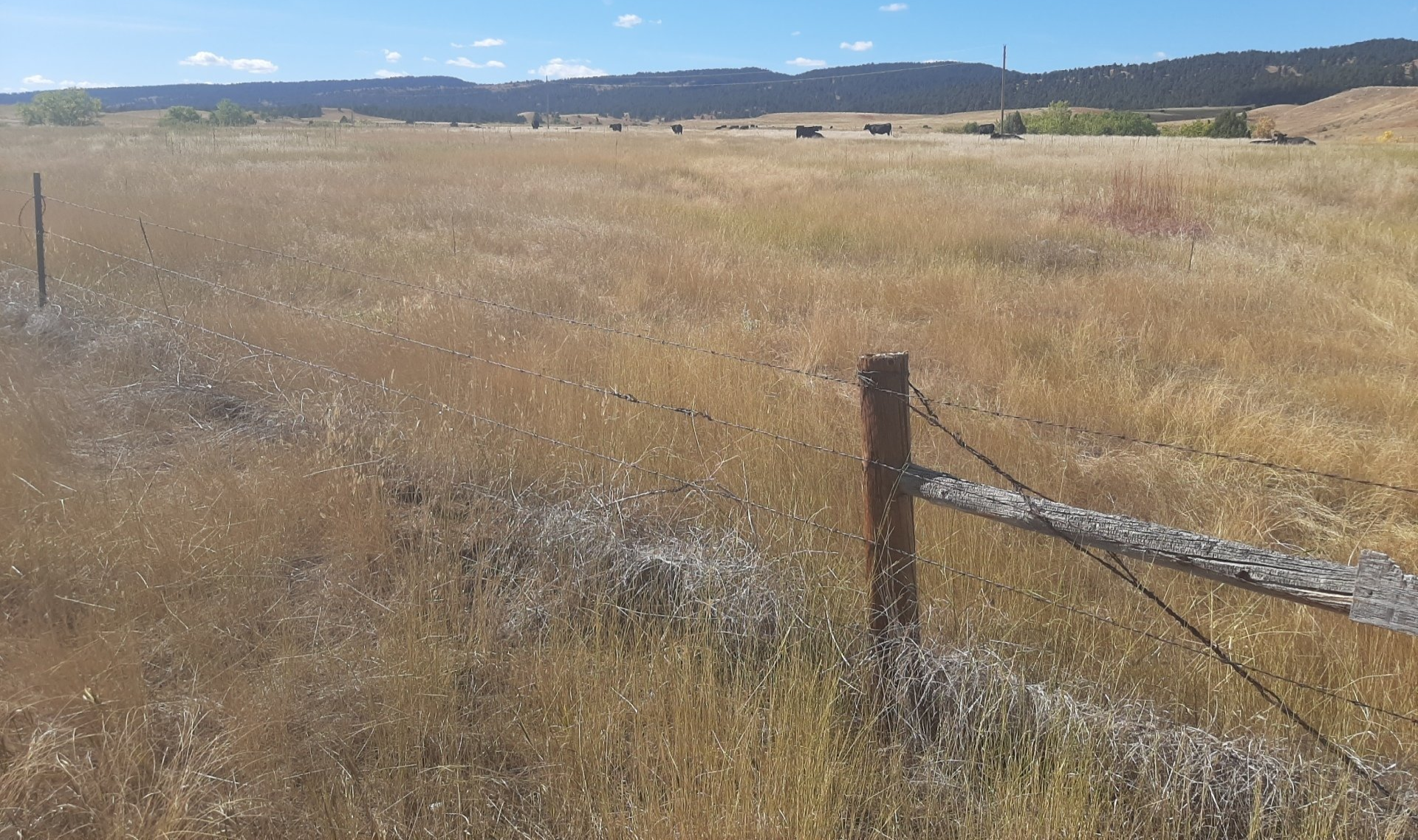A South Dakota Rancher's Story
Grassland -vs- Cropland Soil Assessment

Our ranchers are facing the possibility of their land taxes increasing anywhere from 60% to 280% if the newly proposed soil reassessment and tax tables are implemented. The Department of Revenue has pulled back the proposed reassessment in order to work “all the bugs out” before formal implementation occurs. That is a good thing, but even the “possibility” of the rancher’s future land taxes going up anywhere from 60% to 280%, depending on their soil type, is neither fair nor equitable and definitely not acceptable.
According to the Food and Agricultural Organization of the United Nations, “Suitability of land for extensive grazing is normally measured in terms of the number of animals that can wisely be allowed to graze a land unit for all or part of a year the 'carrying capacity'. This depends mainly on the amount of feed and water that will be available to the animals on that land in all but exceptional years.” When discussing the number of animals that can wisely be allowed to graze a land unit, or the “carrying capacity”, South Dakota has very diverse regions. For example, in Aberdeen it takes 3 to 5 acres per cow/calf, in Mobridge the average is 10 acres per cow/calf. As you head west, the number of acres increases dramatically to 30 to 60 acres per cow/calf. Quite a profound statistic that speaks volumes to the difference, not only in elevation, soil type and rainfall, which affect the density of grassland productivity that supports each cow/calf and illustrates the difference between what the east and west river rancher experience.
I’d like to share with you a few excerpts from emails I have received from our ranchers. These firsthand testimonials are from a few of the ranchers who have reached out to me:
“I have been a rancher for over 45 years and my land has always been grassland. The tax situation is so burdensome that in some cases, taxes are approaching or at the same total as the income.” Orval Frahm, Rancher
“I have a third-generation operation in the south west corner of South Dakota. The proposed soil reassessment, if implemented, would redesignate large portions of my land to cropland even though, for three generations, has always been grassland. This reassessment of the soil could increase my taxes up to 280%.” Joe Falkenburg, Rancher and Fall River County Commissioner
“Please, as far as you can at the State congressional level do what you can to stop this nonsense. We are taxed enough for
our property taxes now and I hear something about taxing the cows also. Who comes up with these crazy ideas anyway?” Donald Anderson, Rancher
These are just a few of the emails I have received from ranchers from all over the state asking for legislation that would alleviate this situation, one they have been fighting for over ten years! According to Susie Hayes, the Fall River County Assessor, “Draft Bill 50 would solve 85% of the issues facing our ranchers.” The bill in a nutshell says that, “Any land that has been grassland for 20+ years shall remain grassland.” Pretty straightforward. I have been told that the beauty of the bill is in its simplicity.
So, what can we, as individuals and a community do to help our ranchers? Join me in supporting them and Draft Bill 50. Call or write your local legislators and organizations asking them to support the bill. I will be continuing to meet with ranchers, county commissioners and organizations throughout the state about the bill prior to the 2022 legislative session beginning in January.
United our voices can make a difference! Together, we can work towards the common good of our ranchers throughout the State of South Dakota, and help to ensure that they will not face unfair and inequitable taxes in the future.
Representative Trish Ladner
District 30
